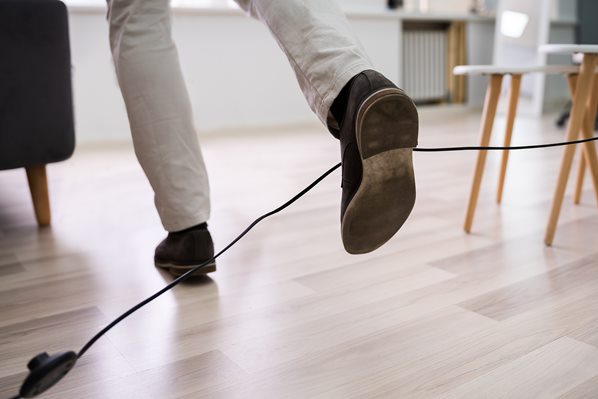
Slip and fall accidents are common, especially in work environments. They can triggered by different things, including carelessness and employer negligence.
Either way, when properly followed up, victims can be compensated for their pain, suffering, injuries, and other damages. However, it is necessary to tread carefully when you have a role to play in the accident.
Understanding Shared Fault/Comparative Negligence
Comparative negligence is a principle of the law allowing insurance companies to administer compensation claims accordingly. This rule applies in certain states where each party’s role in the accident is factored during the claim. Whether a victim wins or loses in a slip and fall case depends on how well their lawyer proves the following:
- Negligence – They must show how the defendant breached a duty that caused the plaintiff’s harm.
- Liability – The defendant failed to honor their duty, thus putting the plaintiff in danger
- Fault – Prove that the defendant ignored or neglected their responsibility, causing the plaintiff’s fall and injuries.
Again, this is different in every state. As an example of what these laws can look like, you can visit this website to read more about the comparative negligence rule in Lafayette.
What Is Duty of Care?
Most states have a duty of care where every person has a role to play in ensuring the safety of everyone who may be injured as a result of their negligence. For instance, building owners are responsible for ensuring that tenants are safe by maintaining repairs and guaranteeing security.
Even so, there are roles that tenants play to ensure they are secure such as restricting trespassers. The same applies to slips and falls. As long as the defendant performed his duty to prevent potential accidents, the plaintiff has no case to make when the fall occurs.
In Cases of Negligence
A lawyer working on this type of case must prove the defendant’s negligence. It is essential to show that they failed to act prudently to ensure that no hazards lead to accidental falls and slips. The proof must also show that the defendant had sufficient time to fix any hazards that were present.
The argument has to be reasonable enough for the judge to be convinced. A good example would be poor lighting in a busy area or failing to warn users about slippery floors during cleaning processes.
Pointing out Fault and Lack of Responsibility
This is a challenging one to prove, considering the challenges involved in establishing liability. A few situations must be true if this is to be ruled in the plaintiff’s favor. They include:
- The owner of a premise, the employer, or an employee must have caused the fall by spilling or failing to clean a slippery substance, failing to fix a worn-out surface, or leaving dangerous items on the way.
- The owner or employer must be aware of the dangerous surface, yet they failed to do something about it
- The owner or employer must have known about the danger of the surface and fixed it because that is what a reasonable person does.
If the plaintiffs can prove all the above, they can show negligence on the defendant’s part, which could lead to easily winning the case.
What if Someone Is Careless?
Before rushing to claim compensation, fall victims should pause and decide if they had anything to do with it. The measure of reasonableness applies in these cases as they would in any other comparative negligence claim.
You must have a legitimate reason to seek compensation for the fall. You need to prove that you were not distracted and show that you paid attention to all the warning and safety signs. You also should not be in a place that is considered dangerous. If you’ve been hurt, working with a lawyer will yield better results.




